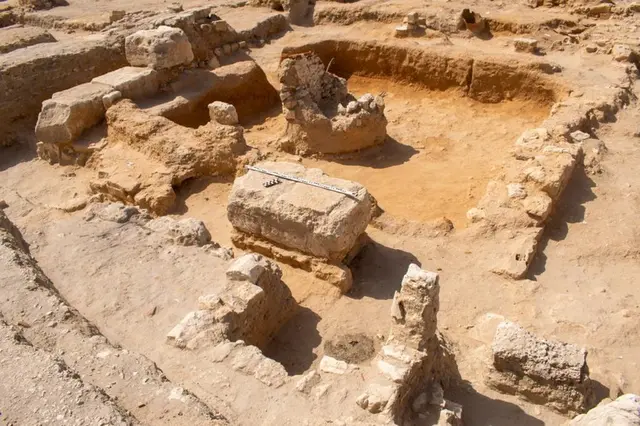An Egyptian archeological mission has unearthed on Friday remains of a residential and commercial town dating back to the Greco-Roman era in the north coast city of Alexandria.
During the excavation work in the al-Shatby neighborhood, the mission has found ... a large network of tunnel tanks painted in pink for storing rain, flood and groundwater to be used during the draught time, said Mostafa Waziri, secretary-general of the Supreme Council of Antiquities of Egypt.
He added that studies show that the settlement was used from the second century BC to the fourth century A.D.
He said pottery pots and some statues have been found in more than 40 wells and tanks, which indicated a large population in that area near Alexandria, then capital of Egypt in the Greco-Roman era.
Waziri said the mission also found rest houses for travelers and visitors where they waited for getting licenses to enter the town as well as houses used as centers for collecting taxes.
He noted that the preliminary studies on the discovered district revealed that it was composed of main street and several branch roads that are all connected with sanitation network.
Meanwhile, Khaled Abu Hamad director-general of Alexandria Antiquities Authority said the town had a big market, shops for selling pots, and workshops for making statues.
He added that nearly 700 coins and plates in different shapes and a large number of fishing tools have been found in the discovered town.
Excavation work on the old town took nine months, said Abu Hamad, stressing the importance of the district in connecting the trade movement between the east and the west.
 简体中文
简体中文

